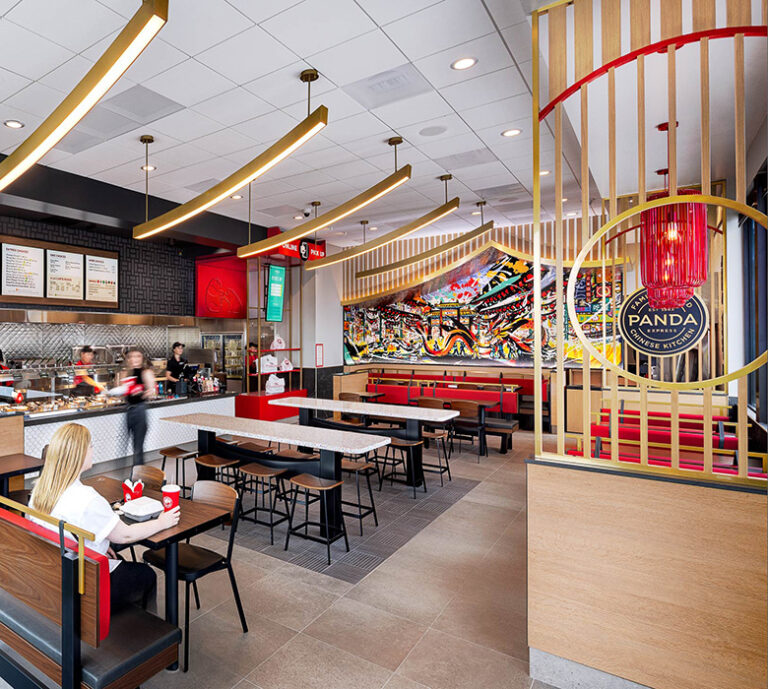×

Our Creative Director, Marty McCauley, shares insights on the future of business, leadership, and craftsmanship from this year's Fast Company Innovation Festival.

Jamie Cornelius, Executive Creative Director, shares ideas with VMSD Magazine about how retailers have a ripe opportunity to rethink their storefront from a transactional model to one of engagement.
COVID-19 has changed the way people shop, and it’s time to move from a transactional model to one of engagement. This new normal of functional retail is not an experience. Walls have become the barrier to going inside a store, so how do we make speed and convenience innovations feel like an immersive connection to the brand and physical store?
Change didn’t begin with the pandemic. The growth of BOPIS (buy online, pick-up in store), curbside pickup, drive-thru reinvention and investment in technology have been ever present. Accelerated innovation was necessary, but now it’s time for retailers to think holistically about a better front-of-store experience.
Most retailers have a missed opportunity with shoppers who may not even enter the store. With the simple glass entry or limited visibility inside, there are many possibilities to reimagine a better first impression. Tear down the wall, pull back the curtain and open up the storefront to allow a view inside.
According to tech company Doddle, 85 percent of BOPIS customers frequently make additional in-store purchases while picking up their online orders. Target has also reported that after a customer tries its Drive Up service for the first time, it sees a nearly 30 percent increase in the shopper’s overall spending – both online and in stores. The service itself grew more than 700 percent in the first half of 2020.
Infuse brand personality and get shoppers out of the survivalist mindset. Immerse them in a digital experience like window merchandising with QR codes to “add to cart” via an app.
Featured rather than forced, this creates a pick-up you want to experience, building loyalty. Investment in thoughtful, human-led digital solutions that anticipate needs and desires will make noticeable impact on the bottom-line long term.
Make sure baskets for grab-and-go customers are up front and accommodating with a touch of impulse merchandising. Lead those that want to browse in another direction and inspire them with more trends. With the rise of the Amazon Go experience, the checkout is prime for reinvention. Retailers like Williams-Sonoma offer waiting list apps to allow customers to reserve their spot in line, allowing them to leave and return when they have virtually reached the front of the line.
Innovating in the face of market disruption isn’t easy, but the key is to discover the future while simultaneously managing risk. The physical environment should be optimized to make the most of the BOPIS traffic.
Moving from a transactional to an engagement approach will be a challenging but imperative task to earn loyalty from an increasingly selective and quick to judge customer. Be thoughtful about how your space can allow for different trip missions, shopper inspiration or entirely new experience executions. Now is the time to do things you’ve always imagined.
This article appeared in VMSD Magazine published on November 10, 2020.


